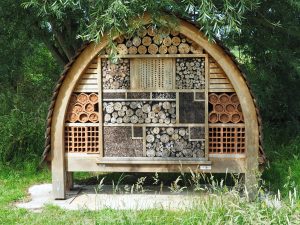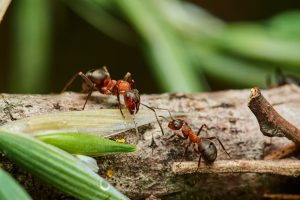At Birch Fumigators, we can implement a comprehensive plan to eliminate a carpenter ant infestation and prevent future occurrences. Here are some steps they may take to address the problem:
- Inspection and identification: The first step is to thoroughly inspect the property to confirm the presence of carpenter ants and locate their nests. This process involves checking for signs of infestation and using specialized equipment if necessary.
- Treatment plan: Once the nest location is determined, Birch Fumigators will develop a customized treatment plan to eliminate the carpenter ant colony. This may include:
- Direct nest treatment: Applying insecticides or dust formulations directly to the nest to kill the ants and the queen, which is crucial for the colony’s elimination.
- Baiting: Using bait stations with slow-acting insecticides that worker ants carry back to the nest, sharing the poison with the rest of the colony, and eventually killing the queen and other ants.
- Perimeter treatments: Applying liquid insecticides or granules around the exterior of the property to create a barrier that prevents ants from entering the structure.
- Prevention and maintenance: Birch Fumigators will also provide recommendations for preventing future carpenter ant infestations. These measures may include:
- Addressing moisture issues: Repairing leaky pipes, gutters, and rooflines, and improving ventilation to reduce moisture in wood and other materials, making the environment less attractive to carpenter ants.
- Removing potential food sources: Storing food items in sealed containers, cleaning up spills and crumbs, and maintaining proper sanitation to eliminate ant food sources.
- Sealing entry points: Caulking cracks and crevices, sealing gaps around doors and windows, and fixing damaged screens to prevent ants from entering the structure.
- Eliminating nesting sites: Removing decaying wood, pruning trees and shrubs away from the property, and storing firewood at a distance from the building to reduce potential nesting sites.
- Follow-up services: Birch Fumigators may offer regular follow-up inspections and treatments to ensure the infestation has been successfully eliminated and prevent any recurrence of the problem.





